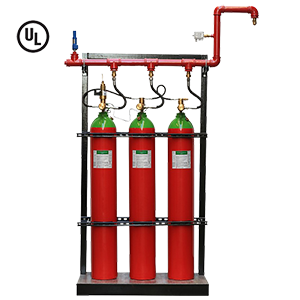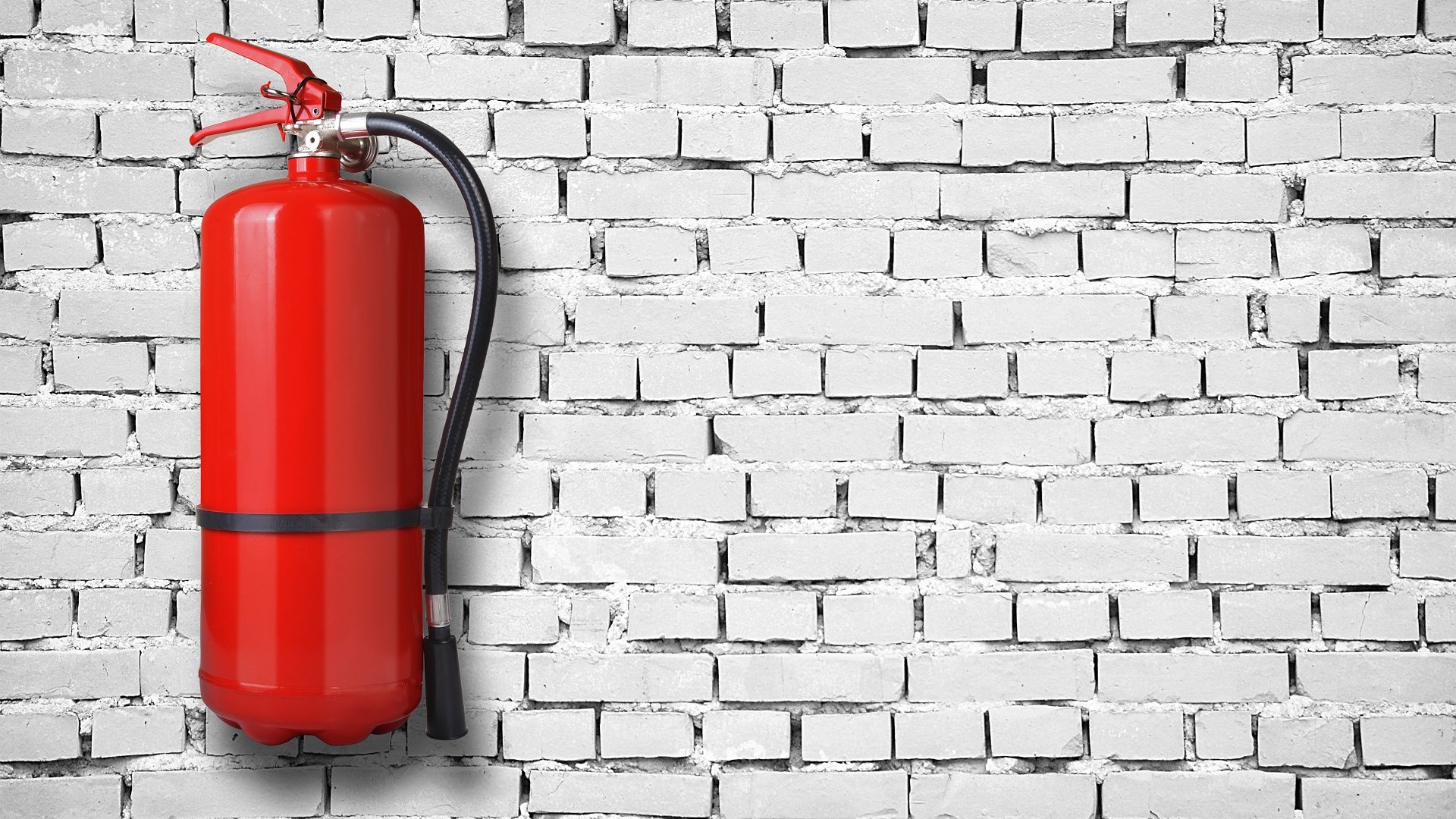
Inert gases such as Nitrogen, Argon and mix of them use as fire suppression agent.
These systems offer effective fire protection with zero environmental impact.
Inert Gases are colorless, odorless, chemically inert, electrically non-conductive agent without any residue after discharge.
It works by displacing oxygen and reducing from the normal 21% to a level that will not support combustion.
Commonly, there are four types of inert gas systems using different type or mixing ratio of gases:
- Nitrogen (N2) (mostly recognized as IG-100)
- Argon (Ar) (mostly recognized as IG-01)
- 50% N2 + 50% Ar (mostly recognized as IG-55 or Argonite™)
- 6-8.4% CO2 + 37.2-42.8% Ar + 48.8-55.2% N2 (mostly recognized as IG-541 or INERGEN™)
When used as a fire-fighting agent, gas stored under pressure in a liquid phase in high-pressure storage cylinders containing gas at an internal pressure of 2900 psig (200 bar) or 4350 psig (300 bar).
Most common cylinder size are 80 or 140 lit.
System is available with variety of configurations, from single room hazard to multiple room protection, based on NFPA-2001 standard or EN 15004 and recognized by globally authorized certified bodies such as UL/ FM/ VdS.
Features:
- An inexpensive and easy-to-access agent when refill is necessary.
- Wide ranges of proven safe, hazard protection.
- No environmental effect like global warming or ozone depletion
Limitation of Use:
- Chemicals that contain their own oxygen supply such as: cellulose nitrate (old movie film) and gunpowder, which are capable of rapid oxidation in the absence of air.
- Reactive metals such as: Lithium, Sodium, Potassium, Magnesium, Titanium, Uranium, or Plutonium.
- Spaces with low endurance against positive pressure

